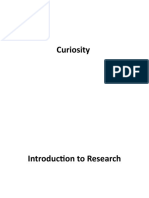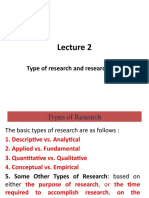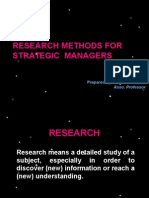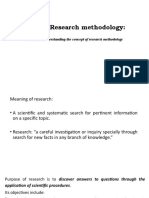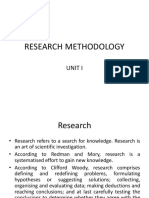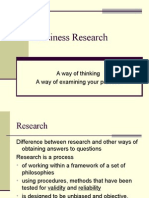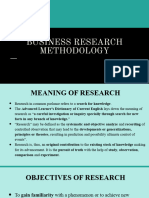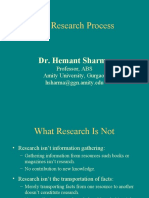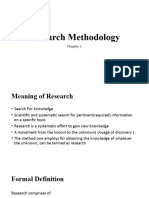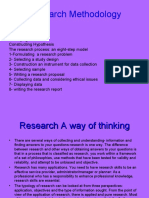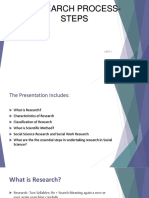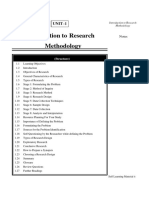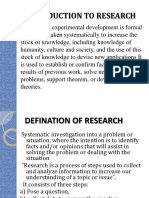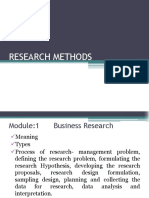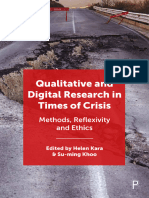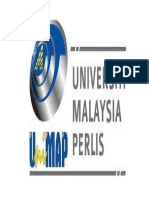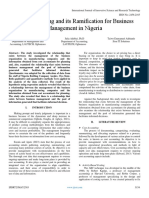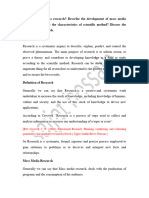0% found this document useful (0 votes)
8 views43 pagesRM Introduction R
The document outlines the research methodology, emphasizing the systematic search for information and the importance of research in gaining insights and making informed decisions. It details various types of research, including descriptive, analytical, applied, and fundamental research, along with the research process consisting of eight steps. Additionally, it discusses the significance of research design, measurement, and the characteristics of good research objectives.
Uploaded by
suryaansii.singhCopyright
© © All Rights Reserved
We take content rights seriously. If you suspect this is your content, claim it here.
Available Formats
Download as PPTX, PDF, TXT or read online on Scribd
0% found this document useful (0 votes)
8 views43 pagesRM Introduction R
The document outlines the research methodology, emphasizing the systematic search for information and the importance of research in gaining insights and making informed decisions. It details various types of research, including descriptive, analytical, applied, and fundamental research, along with the research process consisting of eight steps. Additionally, it discusses the significance of research design, measurement, and the characteristics of good research objectives.
Uploaded by
suryaansii.singhCopyright
© © All Rights Reserved
We take content rights seriously. If you suspect this is your content, claim it here.
Available Formats
Download as PPTX, PDF, TXT or read online on Scribd
/ 43

